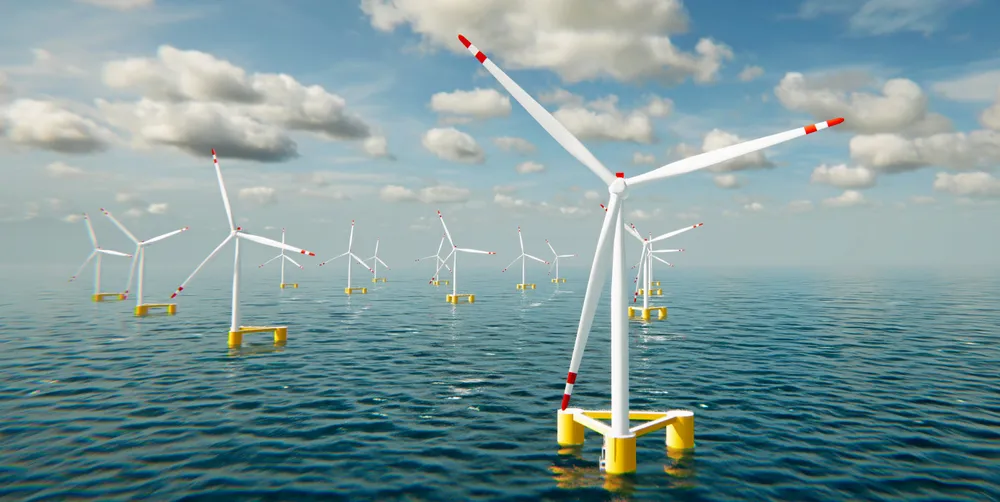The French re-connection: Technip returns to floating wind power with new energy
IN-DEPTH | After a ‘false start’ in the sector in the early 2010s, Technip – as TechnipEnergies – is launching back into floating wind, with ambitious plans to have a 12MW flagship in the water by 2024, writes Darius Snieckus
